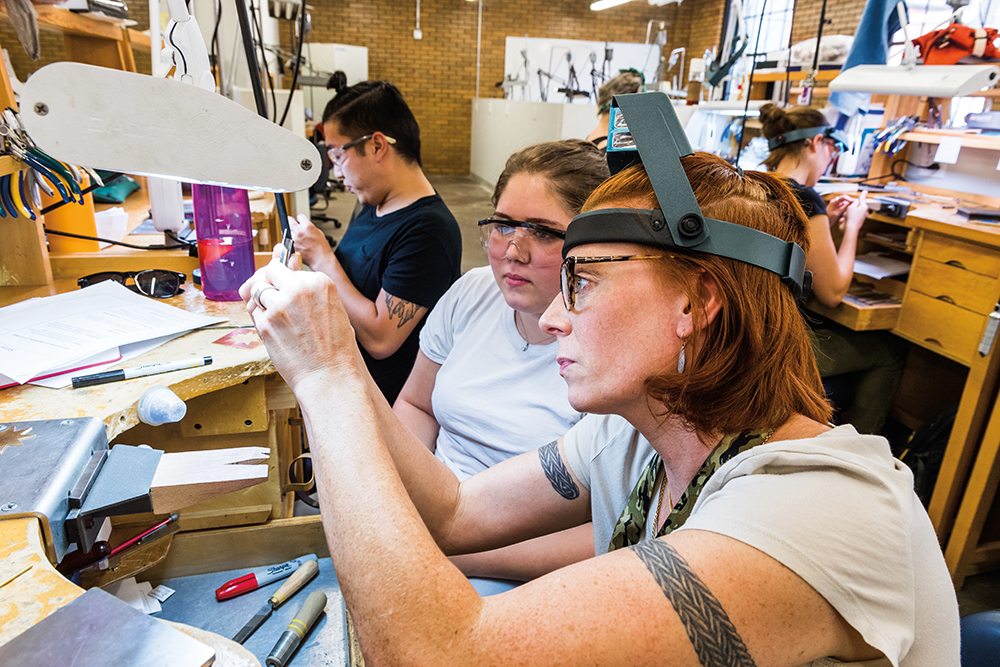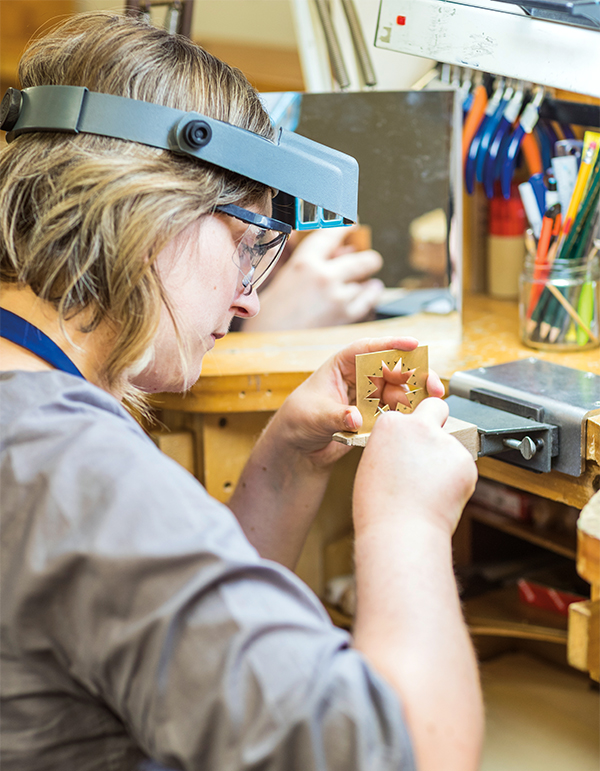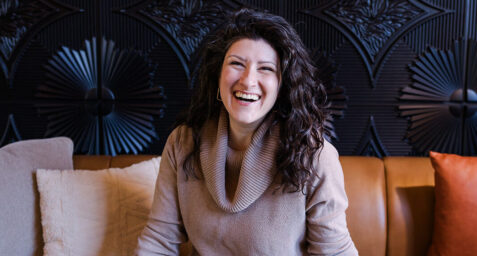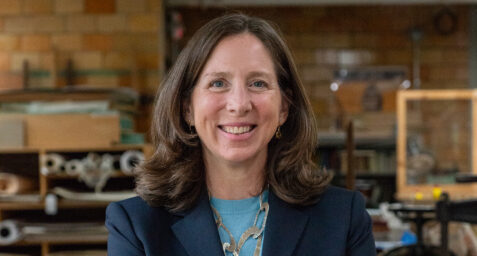Artisan Skills, High-Tech Tools

Categories
Jewelry Making & Repair
According to Ann Cahoon JM ’02, Department Head and instructor, the response to market trends are multi-pronged. “Rather than teaching a ‘unit’ on laser welding, I’m bringing it into the workflow of different advanced projects, so it’s simply another tool to them,” she says. “We also begin stone setting much earlier now. We did this in part to make sure that our students were already working on basic setting skills when they begin their first internships and part-time positions. I’ve adjusted the order in which we present certain setting styles since some represent really hot trends right now.”
Ann also cites the online generation with reshaping the industry. “Millennials are far more interested in technological experiences than they are in the traditional hallmarks of achievement and success. When my grandparents celebrated milestones it often involved jewelry. Today’s generation will buy things like the latest smartphone as gifts,” explains Ann.
Shopping patterns may have shifted, but when it comes to purchasing fine jewelry, millennials still want to be treated well, according to Ann. They expect a very high level of service, but where they go for that experience is changing. More and more, customers want to deal directly with a maker whether online or in person.
Two designer-goldsmiths meeting the needs of today’s customers are Geraldine Perry JM ’00, a principal at Fairbank & Perry Goldsmiths in Concord, and Ilah Cibis JM ’05, owner of Precious Metals Sudbury. Both Geraldine and Ilah also serve as Program Advisors at NBSS.
I’ve been an owner since 2007 and have only hired NBBS alums. Without the School, I would have to spend a lot more time on training and a lot more money to replace materials lost because of mistakes. … It prepares people to a level of excellence that keeps my business competitive.
Geraldine and Ilah offer just an artisan experience to their customers. “We usually sit with customers for about one hour, then come back to them in a week with a hand-rendering. At that point, together with the client, we’ll decide how we’re going to build the piece. People seem to respond well to this approach,” according to Geraldine.
Ilah takes a similar customer-focused approach, but with greater emphasis on computer-aided design. “CAD allows me to take photo realistic pictures of what a ring will look like when it’s set with a ruby, a sapphire, or any other stone,” says Ilah, who credits the JM program with keeping pace with evolving technology.
“Ann has updated projects in ways that really look to the future. The program is pushing toward the cutting edge of technology with microscopes, laser welding, and welder training. And the project curriculum has been updated to reflect more current trends,” she says.
Geraldine agrees. “I’ve been an owner since 2007 and have only hired NBBS alums. Without the School, I would have to spend a lot more time on training and a lot more money to replace materials lost because of mistakes,” says Geraldine whose current staff includes Selma Heikkinen JM ’99, Laurie Robinson JM ’03, and Sara Pancoast JM ’12. “As an employer, I rely on the NBSS program. It prepares people to a level of excellence that keeps my business competitive.”
This article is from our 2017 Annual Report. See all the stories here, or download a pdf of the entire report.



